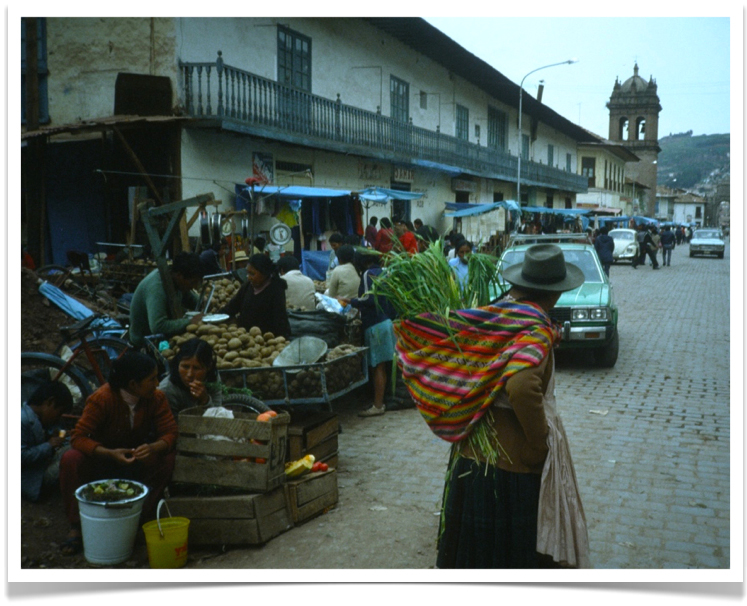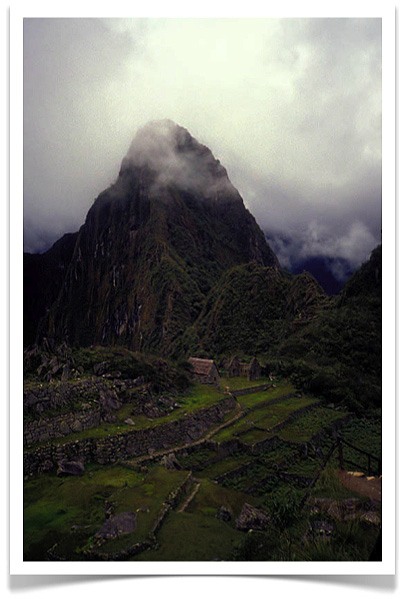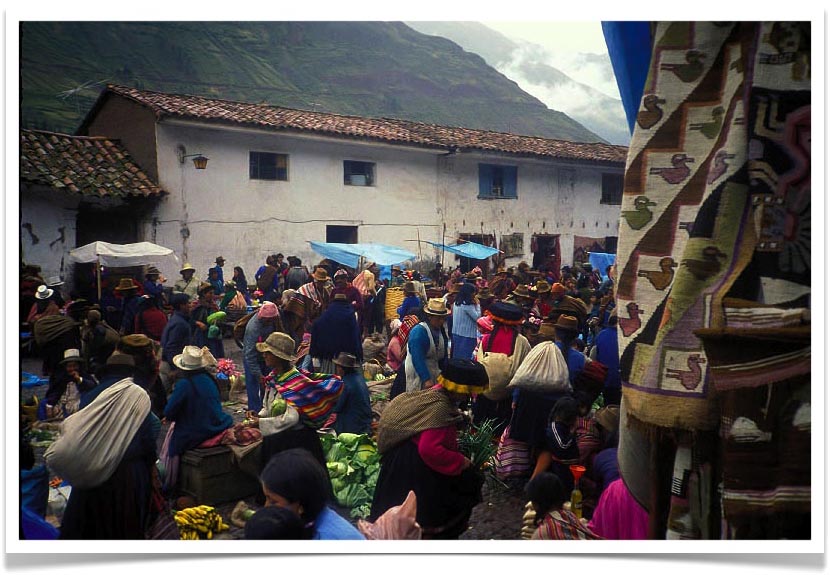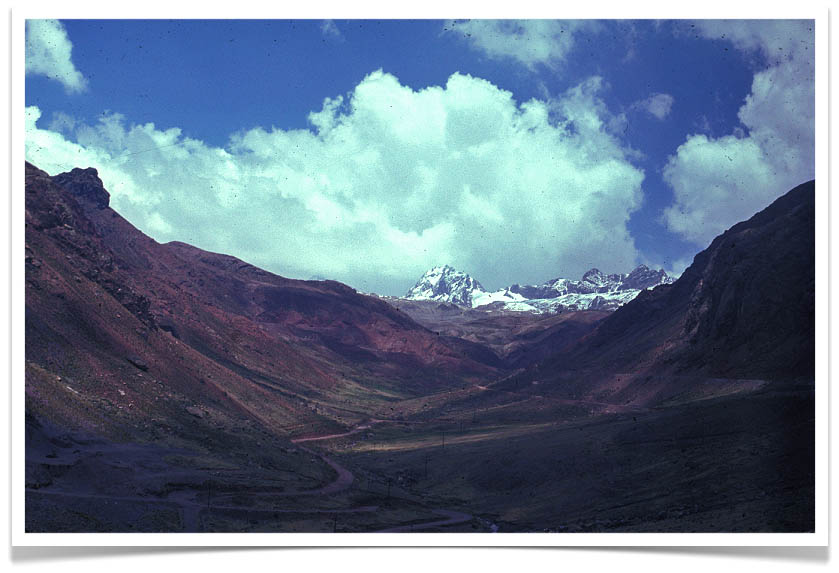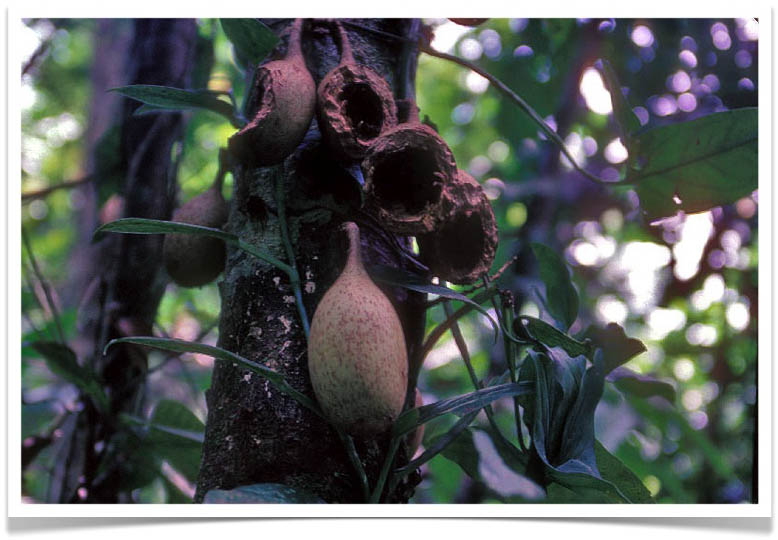
Grias peruviana (Lecythidaceae) is another varzea species that I studied while I was in Peru (see Camu-camu, Jenaro Herrera, Umberto Pacaya, Regeneration Surveys, and Yield Studies). The fruits of this tree, which are produced by caulifory along the trunk, are known locally as "sacha mangua" or faux mango. They have bright orange pulp like a carrot, and a large football-shaped seed.
To quantify size-specific fruit yield, I marked several adult trees and made daily observations of flower and fruit development. During the period when the young fruits were maturing, I noticed each morning that several of the fruits had small scratches on them. Just deep enough to cut through the skin and expose the pulp. The scratches continued appearing until the fruit reached maturity, at which point, rather than scratches, I would be greeted by the image above, i.e. a predated fruit with no seed.
It turned out that the culprits were squirrels, and each morning they would scratch the fruits to see if the pulp had started to turn that bright orange color which would indicate that the fruit, or more importantly, the protein-rich seed, had now reached maturity and was ready to eat. Like a savvy shopper testing cantaloupes in the produce aisle.
 Wednesday, January 9, 2013 at 1:13PM
Wednesday, January 9, 2013 at 1:13PM 